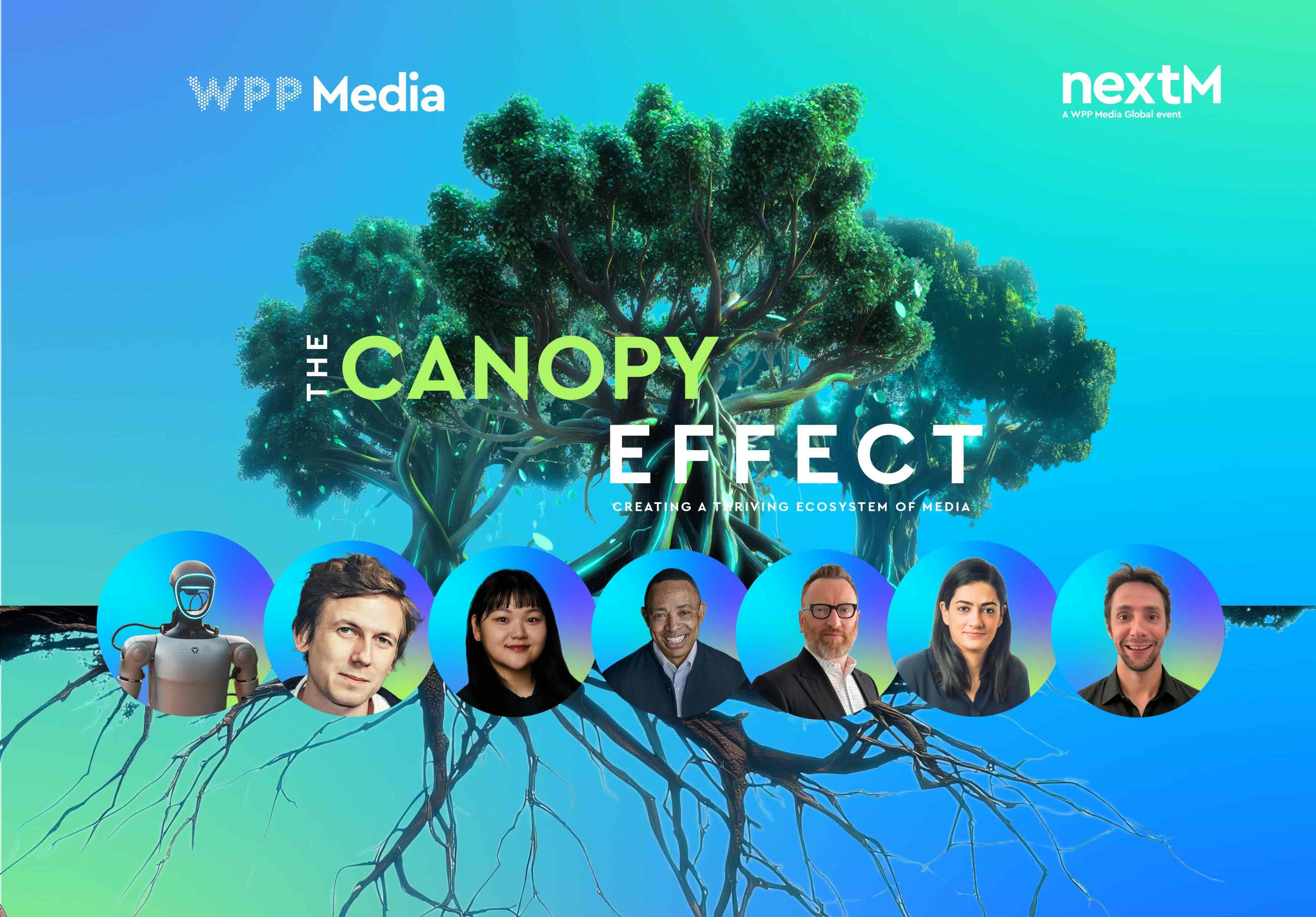News - Advertising
The absence of innovation in the advertising industry
May 30, 2019
.jpg) Advertisement
AdvertisementAgencies are highly adept at talking about innovation and technology. It’s part of their DNA, they say, or hot-wired into their nervous system. In fact, hardly a talk or presentation goes by without artificial intelligence, blockchain, augmented reality, or the power of voice being referenced. Yet the adoption of these technologies by the region’s agencies is lagging behind other markets, just as innovation as a driving force within agencies is all but absent.
Such a lack of innovation is disappointing when you consider the huge increase in technologies that are now available. According to Heba Sayed, marketing manager for IBM Watson Customer Engagement across the Middle East and Africa, the marketing technology landscape evolved from 150 platforms in 2011 to over 5,000 in 2018. That’s a sometimes disorientating number, but gives us an idea of the level of investment being made.
“I truly feel for advertisers and clients today,” admits Sayed. “They are faced with shrinking budgets and heightened customer expectations, and on top of that they have tonnes of technologies to choose from. Marketers are faced with a true explosion in technologies.”
Dealing with such an explosion has not been easy. How many agencies have genuinely got to grips with augmented reality, voice-enabled platforms, and heightened conversational intelligence? Not many. That’s despite a “combination of the Internet of Things, artificial intelligence, augmented reality, eCommerce, hyperlocal marketing, personalisation and beacons” promising to transform the advertising space by “giving customers brand experiences that are more timely and more relevant to them,” says Sayed.
“Combine this with recent innovations in media and content creation (think Netflix’s latest interactive movie) and you’ve got yourself a complete turnaround in how brands and agencies can reach out to customers.”
“Agencies are faced with shrinking budgets and heightened customer expectations, and on top of that they have tonnes of technologies to choose from.”--Heba Sayed, marketing manager for IBM Watson Customer Engagement MENA
Yet this turnaround is nowhere near being fully realised. Why? A projected $2.1 billion is forecast to be spent on smart cities across the Middle East by 2021, says Allan Backhouse, digital strategist and implementations director at Dubai-based agency Face to Face. Such a figure means agencies are faced with increased demand to “shift operational models and traditional services to customer experience-led models” through the adoption of new technologies and the innovative use of those technologies. So why aren’t they?
The fact is innovation is immensely difficult. It requires companies to move beyond fear and the generation of ideas to the successful implementation of those ideas. This is not something that the majority of agencies are built for.
“Innovation in advertising agencies has never been an idea problem,” says Jennifer Fischer, chief innovation officer at TBWARaad. “It’s about execution. More often than not, agencies treat innovation as fun and games – cool ideas that they entertain for a while, maybe present in a pitch or execute just for an award show. Truly bringing innovation in an organisation everyday requires a delicate balance of counterbalancing forces.
“Agencies are faced with increased demand to shift operational models and tradtional services to customer experience-led models through the adoption of new technologies and the innovative use of those technologies.”--Allan Backhouse, digital strategist and implementations director at Face to Face Dubai
“There’s a range of seemingly contradictory behaviours that together make an innovative culture. A good example is building a culture of competence while encouraging constant learning – and doing so at all seniority levels in the organisation. Another essential one is the need to balance personal accountability while supporting deep collaboration through everything that we do.
“It is also difficult but crucial to embrace experimentation and accept the risk of failure while staying disciplined and focused. Only the agencies that do the hard work of building the right culture will truly deliver on the innovation promise and the opportunities of modern marketing.”
Innovation is also hard to define. For some it simply means building on existing products – a new and impactful way of using AI in advertising, for example. For others it means the introduction of game-changing technology. The latter is something the advertising industry has failed to achieve globally, let alone regionally.
“More often than not, agencies treat innovation as fun and games – cool ideas that they entertain for a while, maybe present in a pitch or execute just for an award show.”--Jennifer Fischer, chief innovation officer at TBWARaad
“Unlike creativity, which can be a personal endeavour, innovation requires the commitment of the whole organisation,” says Fischer. “There is no shortcut. The leadership of agencies must take charge in leading the journey and driving the cultural change. They must articulate and communicate the vision, the values and the expectations. More, they must show the example by doing it themselves, by being the firsts to learn, the first to try new things and by empowering their teams to do the same.
“That being said the challenge should not be underestimated. Balancing those opposite forces and behaviours can create tensions and drive instability or even cynicism if it is not well communicated and managed. Leaders must watch out for excessive behaviours so that the organisation can strike the right balance and this start with the leaders themselves."



.jpg)







.jpg)




